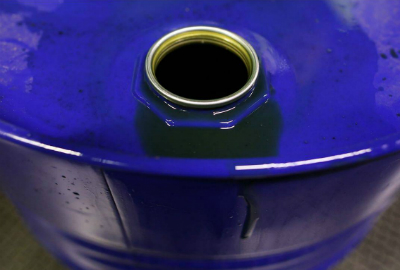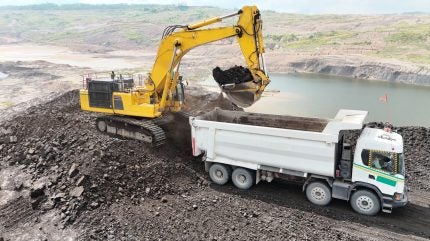Japanese companies have offshore wind assets from Taiwan to Belgium and UK but are yet to build large-scale farms at home.
On Friday, Japan’s Ministry of Economy, Trade and Industry (METI) and Ministry of Land, Infrastructure, Transport and Tourism (MLIT) finished accepting proposals for the second major round of offshore wind tenders to build 1.8 gigawatt (GW) capacity in four areas.
Below are main facts about Japan’s offshore wind sector.
CAPACITY
Japan had 136 megawatt (MW) of offshore wind capacity installed as of 2022, a fraction compared to nearly 14 GW in UK and 31 GW in China, according to Global Wind Energy Council.
It aims to have 10 GW by 2030 and up to 45 GW operational by 2040 as it wants renewables to provide 36% to 38% of its electricity mix by the end of this decade from around 20% now and has targeted becoming carbon neutral by 2050.
A Marubeni-led consortium (8002.T) launched Japan’s first large-scale commercial offshore wind operations at Noshiro Port (84 MW) and Akita Port (55 MW) in late 2022 and early 2023.
Marubeni won these projects with the feed-in tariff program for renewable energy, before the government enforced a new law in 2019 to enhance development of offshore wind farms outside of port areas, introducing a public auction scheme.
MHI Vestas Offshore Wind, a joint venture between Danish manufacture Vestas Wind Systems A/S (VWS.CO) and Mitsubishi Heavy Industries (7011.T), provided bottom-fixed turbines for Marubeni’s farms.
FIRST ROUND
A Mitsubishi-led consortiums (8058.T) won all three offshore wind farms auctions in 2021 in Akita and Chiba prefectures, with combined capacity of 1.7 GW and target start-up of 2028-2030. All three will have bottom-fixed structures.
General Electric (GE.N) will manufacture a total of 134 wind turbines with 13 MW capacity each, which Japan’s Toshiba will then assemble and provide maintenance for.
SECOND ROUND
The government’s auction for another 1.8 GW of capacity, conducted over six months, concluded on June 30. The winners will be announced by the end of March 2024, though they could be named as early as December.
It was auctioning four areas, all with bottom-fixed structures, in total:
– Happo Town and Noshiro City in Akita Prefecture (356 MW)
– Oga City, Katagami City and Akita City in Akita Prefecture (336 MW)
– Murakami City and Tainai City in Niigata Prefecture (700 MW)
– Enoshima, Saikai City in Nagasaki Prefecture (424 MW)
Under the revised rules, companies are not allowed to disclose whether they intend to bid.
JERA, Japan’s top power generator, has said it was conducting environmental assessment procedures for Oga-Katagami-Akita project and Happo-Noshiro project.
Itochu Corp 8001.T, Tokyo Gas Co Ltd 9531.T and other companies are considering bidding for some of the projects, according to the Nikkei business daily.
FLOATING OFFSHORE
In 2021, the government selected a consortium of six companies led by Toda Corporation to build the 16.8 MW Goto floating offshore wind farm in Nagasaki prefecture. It was the only bidder in a public auction for the small project.
Japan is working to create a new roadmap for floating offshore wind power by the end of March 2024.
EXPERIENCE
Foreign companies are likely to need Japanese partners in order to participate in auctions as they would need to discuss plans with local authorities, fishermen and residents, whose opposition led to some wind power projects being scrapped in the past.
The UK wants to take part in developing Japan’s offshore wind power via options ranging from the participation of its energy companies to providing financing and insurance, Energy Security Secretary Grant Shapps told Reuters in April.
At the time of the first round, a number of foreign companies, including Denmark’s Orsted (ORSTED.CO), Germany’s RWE (RWEG.DE) and Norway’s Equinor (EQNR.OL), showed interest in entering the Japanese market.
Share This:






